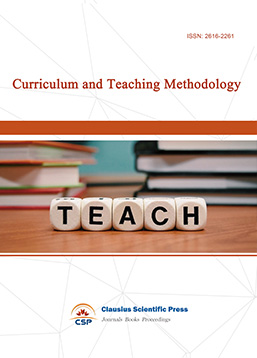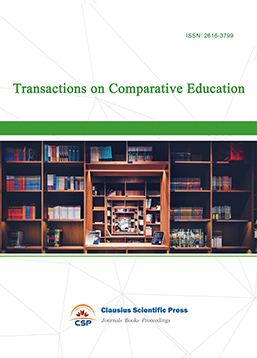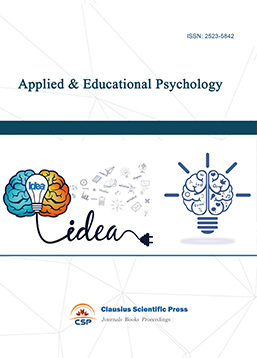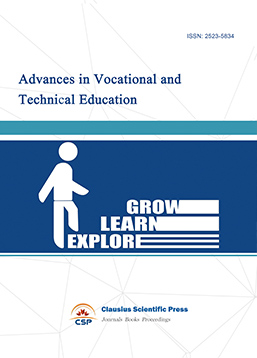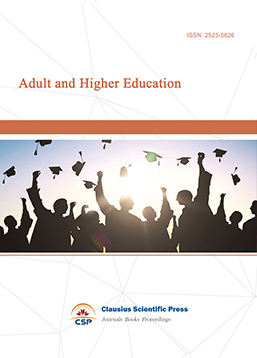Application analysis of virtual reality technology in teaching and learning
DOI: 10.23977/aetp.2024.080529 | Downloads: 39 | Views: 1105
Author(s)
Chang Liu 1
Affiliation(s)
1 School of Education, College of Social Science, University of Glasgow, Glasgow, Scotland, UK
Corresponding Author
Chang LiuABSTRACT
As an innovative educational tool, virtual reality technology is profoundly influencing the way teaching and learning are conducted. This paper first outlines the definition and characteristics of virtual reality technology and its theoretical foundations in education, including constructivist learning theory and multiple intelligences theory. By analyzing teaching applications in different subject areas and incorporating actual data tables, we explore the advantages of virtual reality technology in enhancing student satisfaction, engagement, and learning outcomes. The study finds that compared to traditional teaching methods, the teaching approach incorporating virtual reality technology increases the average score by 13% and improves the excellent rate by 25%. However, the application of virtual reality technology in education also faces challenges such as high hardware costs and insufficient teacher training. To address these issues, this paper proposes solutions like enhancing teacher training and developing high-quality teaching resources, and looks into the future development of virtual reality technology in education.
KEYWORDS
Virtual reality technology; Teaching applications; Learning outcomes; Educational innovationCITE THIS PAPER
Chang Liu, Application analysis of virtual reality technology in teaching and learning. Advances in Educational Technology and Psychology (2024) Vol. 8: 196-203. DOI: http://dx.doi.org/10.23977/aetp.2024.080529.
REFERENCES
[1] Health, 2, 400-406. Smutny, Pavel. "Learning with virtual reality: A market analysis of educational and training applications." Interactive Learning Environments 31.10 (2023): 6133-6146.
[2] Agbo, Friday Joseph, et al. "Application of virtual reality in computer science education: A systemic review based on bibliometric and content analysis methods." Education Sciences 11.3 (2021): 142.
[3] Soliman, Maged, et al. "The application of virtual reality in engineering education." Applied Sciences 11.6 (2021): 2879.
[4] McGovern, Enda, Gerardo Moreira, and Cuauhtemoc Luna-Nevarez. "An application of virtual reality in education: Can this technology enhance the quality of students’ learning experience?" Journal of education for business 95.7 (2020): 490-496.
[5] Bogusevschi, Diana, Cristina Muntean, and Gabriel-Miro Muntean. "Teaching and learning physics using 3D virtual learning environment: A case study of combined virtual reality and virtual laboratory in secondary school." Journal of Computers in Mathematics and Science Teaching 39.1 (2020): 5-18.
[6] Rojas-Sánchez, Mario A., Pedro R. Palos-Sánchez, and José A. Folgado-Fernández. "Systematic literature review and bibliometric analysis on virtual reality and education." Education and Information Technologies 28.1 (2023): 155-192.
[7] Mao, Wenli. "Video analysis of intelligent teaching based on machine learning and virtual reality technology." Neural Computing and Applications 34.9 (2022): 6603-6614.
[8] Ding, Yu, Yuhang Li, and Lei Cheng. "Application of Internet of Things and virtual reality technology in college physical education." Ieee Access 8 (2020): 96065-96074.
| Downloads: | 47960 |
|---|---|
| Visits: | 2065230 |

 Download as PDF
Download as PDF